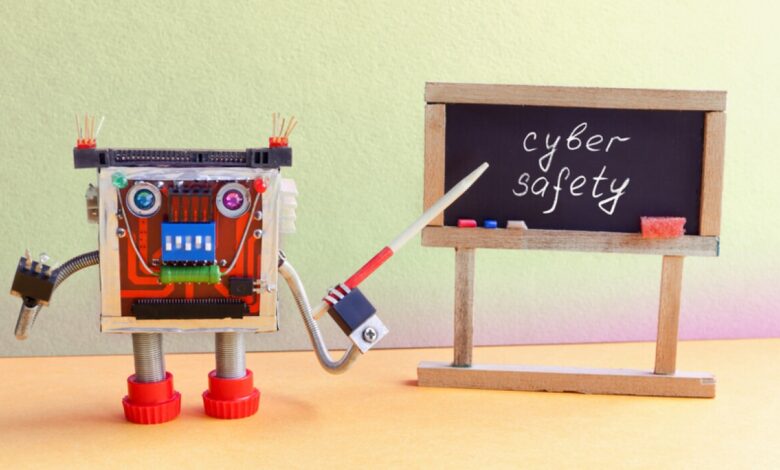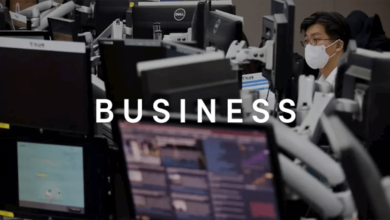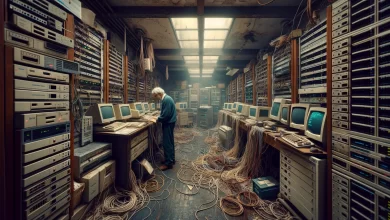‘Intro to Cybersecurity’ Part of Saint Bernard, Conn., Summer School

(TNS) — After lecturing Saint Bernard School students for a few hours Tuesday about cybersecurity, former U.S. Navy Chief Petty Officer Brian Sparks reached into his backpack and pulled out 15 USB drives.
Presenting one to each student as a gift, he explained that the small storage size of these drives ― a mere 125 megabytes ― was not meant for storing photos or videos. These were passkeys.
Sparks explained the use of passkeys and other methods of warding off online predators as he spoke at the school’s “Intro to Cybersecurity” summer class, taught by Ann Marie Jakubielski. This is the first year the school has offered the summer course, which according to a brochure teaches students how to detect and safeguard against online security risks including hacking, surveillance and assaults on computer networks.
Director of Programming Holly Cyr said the course is an addition to the school’s already vibrant summer program. Cyr said whether or not the cybersecurity class returns next summer will depend on students’ interest, but she added computer science classes are generally popular.
On Tuesday, Sparks presented a condensed version of the course he had to go through to earn his Navy cybersecurity certification. He said he presented information the students could apply to their own online habits to protect themselves from hackers or other predators trying to steal their information.
One of them was the passkeys Sparks handed out.
“Passkeys are super, super long complicated passwords, basically, that you never see,” he explained to the class. “They’re on your device at all times, so you don’t have to worry about a hacker getting them, because you don’t even know what they are, so you can’t give them to someone.”
He said they can be physically plugged into devices to unlock them.
Another preventative measure is VPNs, or virtual private networks.
Sparks said it’s “basically an encrypted tunnel that your data goes through. So when you hook up to the VPN website, everything you do is encrypted at that point.”
He taught the students about artificial intelligence, a growing field he said he believes has benefits and disadvantages.
“Obviously, AI’s going to be a lot better at making phishing emails and things like that,” he said, “But it’s also going to be better at helping us find network vulnerabilities.”
Sparks, who spent 20 years in the Navy before leaving in 2002, now works as a defense contractor, riding submarines three or four times a year and making sure their online systems are secure.
Submarines, he said, offer different security challenges, not only from those on land, but even from other Navy ships. Surface ships have mandatory hours where they connect to the internet for crew morale. Meanwhile, subs are deep underwater, only coming up twice a day for a half hour for internet service.
He said submarines don’t really worry about hackers hacking in, but are more concerned about insider people who are disgruntled and may try to “do nefarious stuff.”
He added the latter kind of cybersecurity is “hard to fight, but you’ve just got to try to keep people as happy as possible and hope they don’t do bad things.”
Sparks said his primary purpose for speaking was to develop the students’ interest in cybersecurity.
“Or maybe it at least educates them enough that they can protect themselves from online predators and stuff like that,” he said. “I don’t have all the answers, but I’ll give them all the answers that I’ve got, and hopefully they can take that and expand on it.”
Seventh-graders Alessandro Johnson Paulino and Evan Frease, describing themselves as frequent internet users, said they learned much from Sparks, including “the way that hackers work.”
“So then we can like, reverse-engineer that into something we can do to protect ourselves,” Johnson Paulino said. “We just learned so much about what you can and can’t do online.”
©2024 The Day (New London, Conn.). Distributed by Tribune Content Agency, LLC.



